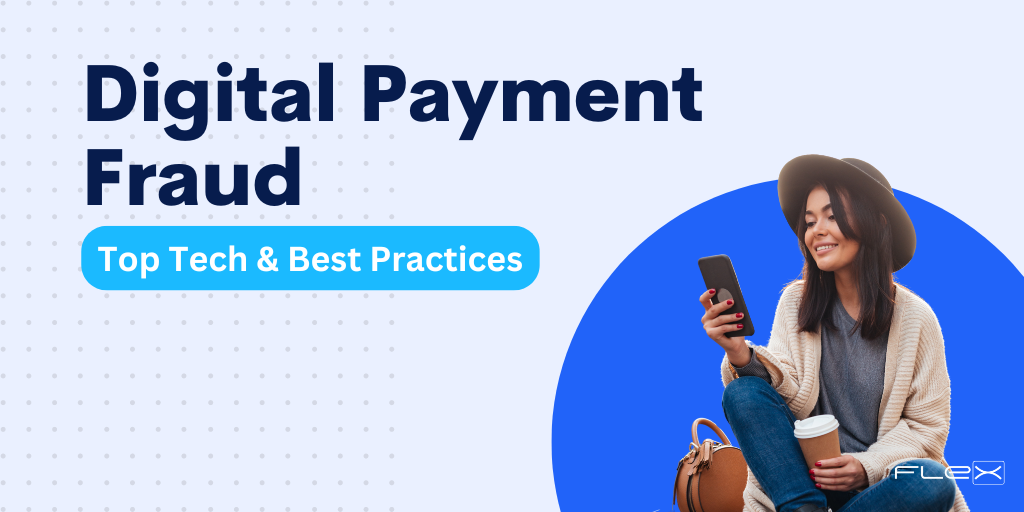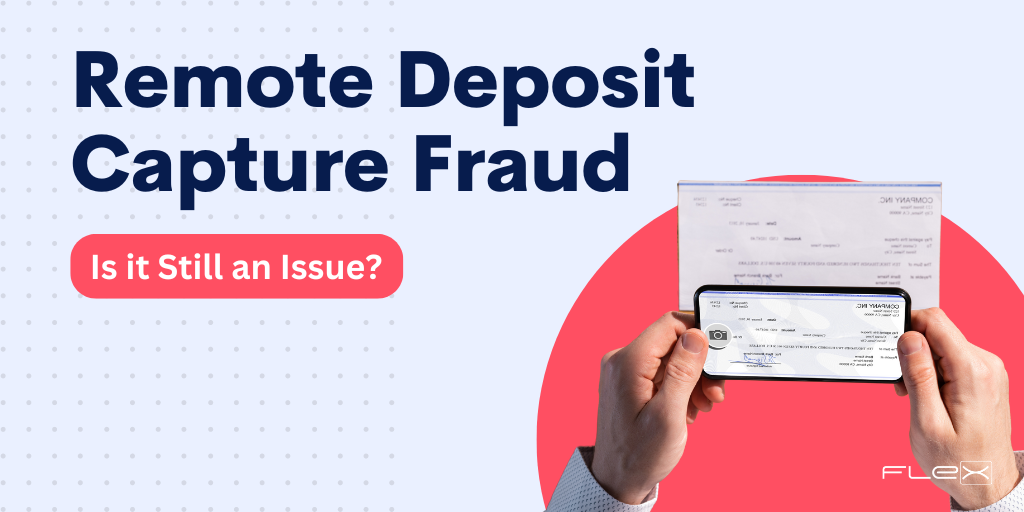Top 5 Proven Strategies to Protect Members Against Card Fraud
As fraudsters become increasingly sophisticated, credit unions must stay vigilant to protect their members. The days of large-scale institutional scams are fading, with scammers now targeting individuals more directly.
According to a study by Javelin, this shift in focus means your members are at greater risk than ever.
Understanding the types of fraud that can occur without physical access to a card—known as Card-Not-Present (CNP) fraud—is critical for safeguarding your members and maintaining trust.
Keep reading to learn how to protect your credit union and your members from the growing threat of CNP fraud.

Card-Not-Present Fraud: A Growing Concern
CNP fraud is an umbrella term for card fraud committed when the fraudster does not physically have the card. This type of fraud is particularly dangerous because it can occur without a physical interaction, making it harder to detect and stop. There are many types of fraud that fall under this category, each requiring specific prevention strategies.
Top Most Pervasive Card Fraud & How to Stop It
1. Card Skimming
Card skimming involves the illegal copying of data from a credit or debit card’s magnetic stripe. Fraudsters use skimming devices at ATMs, gas pumps, or point-of-sale terminals to steal card information, which is then used to create counterfeit cards.
How to Stop It
- Invest in EMV Chip Technology: Encourage the use of EMV chip cards, which are more secure than traditional magnetic stripe cards.
- Regular Inspections: Regularly inspect ATMs and point-of-sale devices for signs of tampering.
- Educate Members: Inform members about the dangers of card skimming and encourage them to report any suspicious activity immediately.
2. Identity Fraud Scams
Identity fraud involves the unauthorized use of a member’s personal information, often acquired through data breaches or phishing attacks, to open new accounts or make unauthorized transactions.
How to Stop It
- Strengthen Authentication: Implement multi-factor authentication (MFA) to add an extra layer of security for online transactions.
- Monitor Accounts: Use advanced monitoring tools to detect unusual account activity and alert members immediately.
- Offer Identity Theft Protection: Provide members with services that monitor and alert them to potential identity theft incidents.
3. Phishing
Phishing scams are attempts to trick members into providing personal information, such as login credentials or credit card numbers, by pretending to be a legitimate entity. These scams often come in the form of fake emails, text messages, or websites.
How to Stop It
- Educate Members: Regularly educate your members on how to recognize phishing attempts and what to do if they suspect they’ve been targeted.
- Secure Communication Channels: Use secure and encrypted communication methods when contacting members.
- Monitor for Phishing Campaigns: Keep an eye on phishing campaigns targeting your credit union and alert members if you notice any trends.
4. Spyware
Spyware is malicious software that secretly installs itself on a member’s device, capturing sensitive information like login details or credit card numbers.
How to Stop It
- Promote Security Software: Encourage members to use reputable antivirus and anti-spyware software.
- Secure Mobile Banking Apps: Ensure your mobile banking app is secure and regularly updated to prevent vulnerabilities.
- Member Alerts: Alert members to suspicious downloads or pop-ups that may indicate spyware.
5. Card Cracking Fraud
Card cracking involves fraudsters convincing victims to share their debit card details under false pretenses. They may promise quick cash or prizes in exchange for the card’s PIN and details, only to drain the account later.
How to Stop It
- Member Awareness: Educate your members about the dangers of sharing their card details, even with people or organizations that seem legitimate.
- Transaction Monitoring: Implement real-time transaction monitoring to detect and halt unusual activity.
- Reporting Channels: Provide a clear and easy way for members to report suspected fraud.
Stay Ahead of Fraudsters: What Your Credit Union Can Do Today
Fraud prevention isn’t just about responding to threats—it’s about staying ahead of them. By implementing robust security measures, educating your members, and staying informed about the latest fraud tactics, your credit union can protect its members and maintain the trust and security that are central to your mission.
With the right strategies, you can ensure your members stay safe. Don’t wait for fraud to strike—click the button below to learn how you can help your credit union and its members protect against Card-Not-Present Fraud today.

.png)

